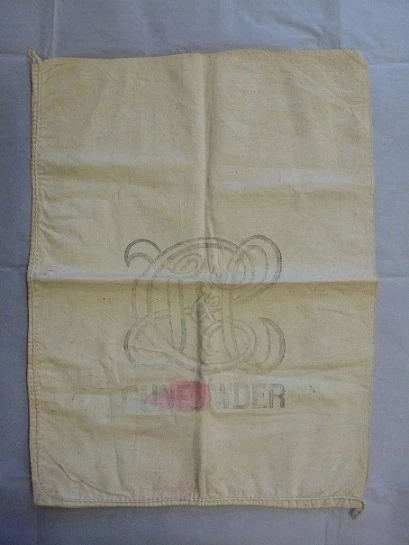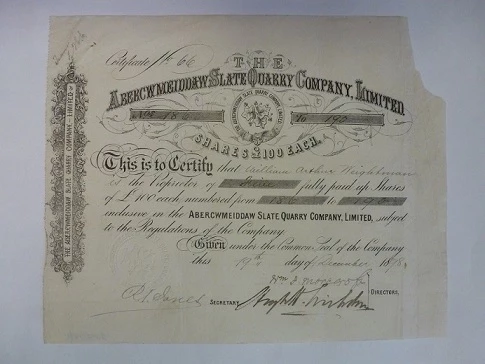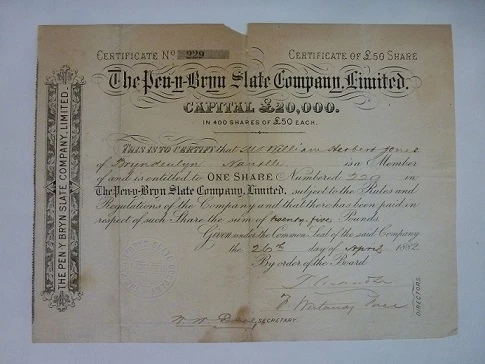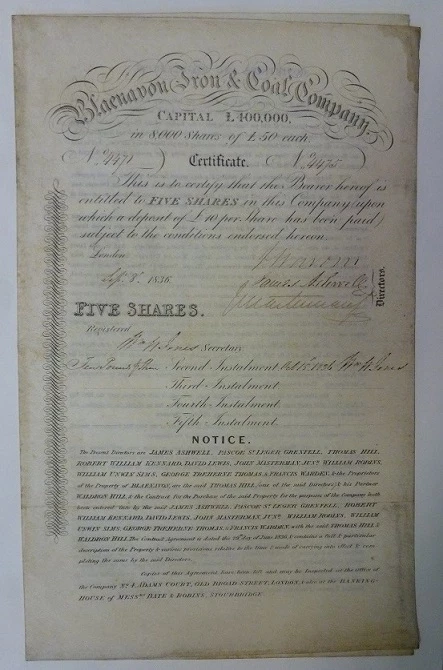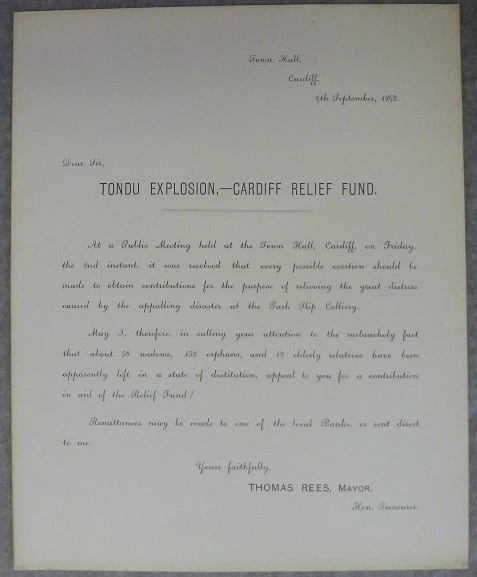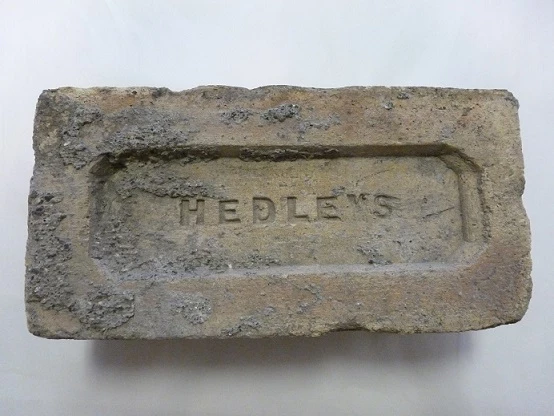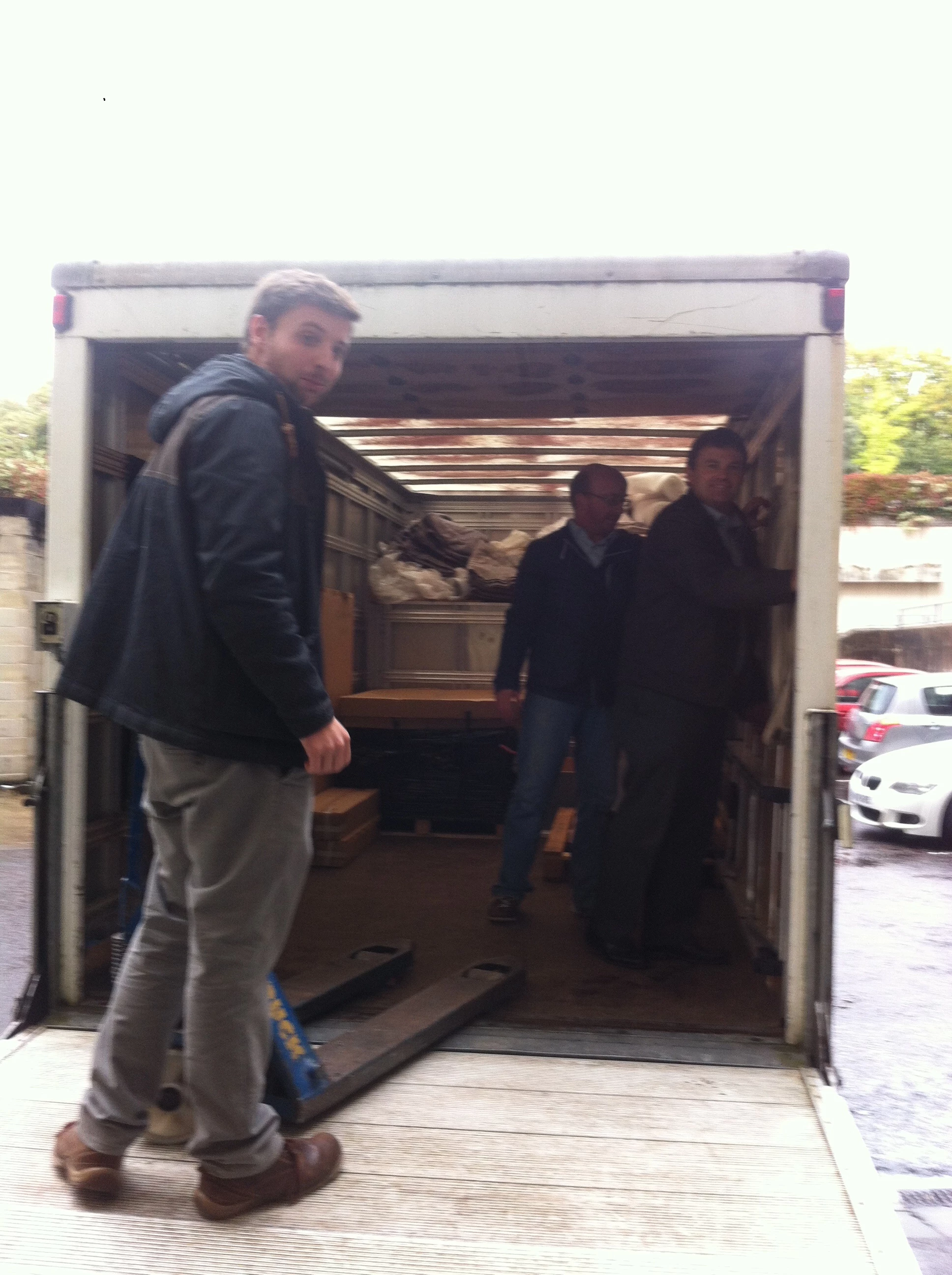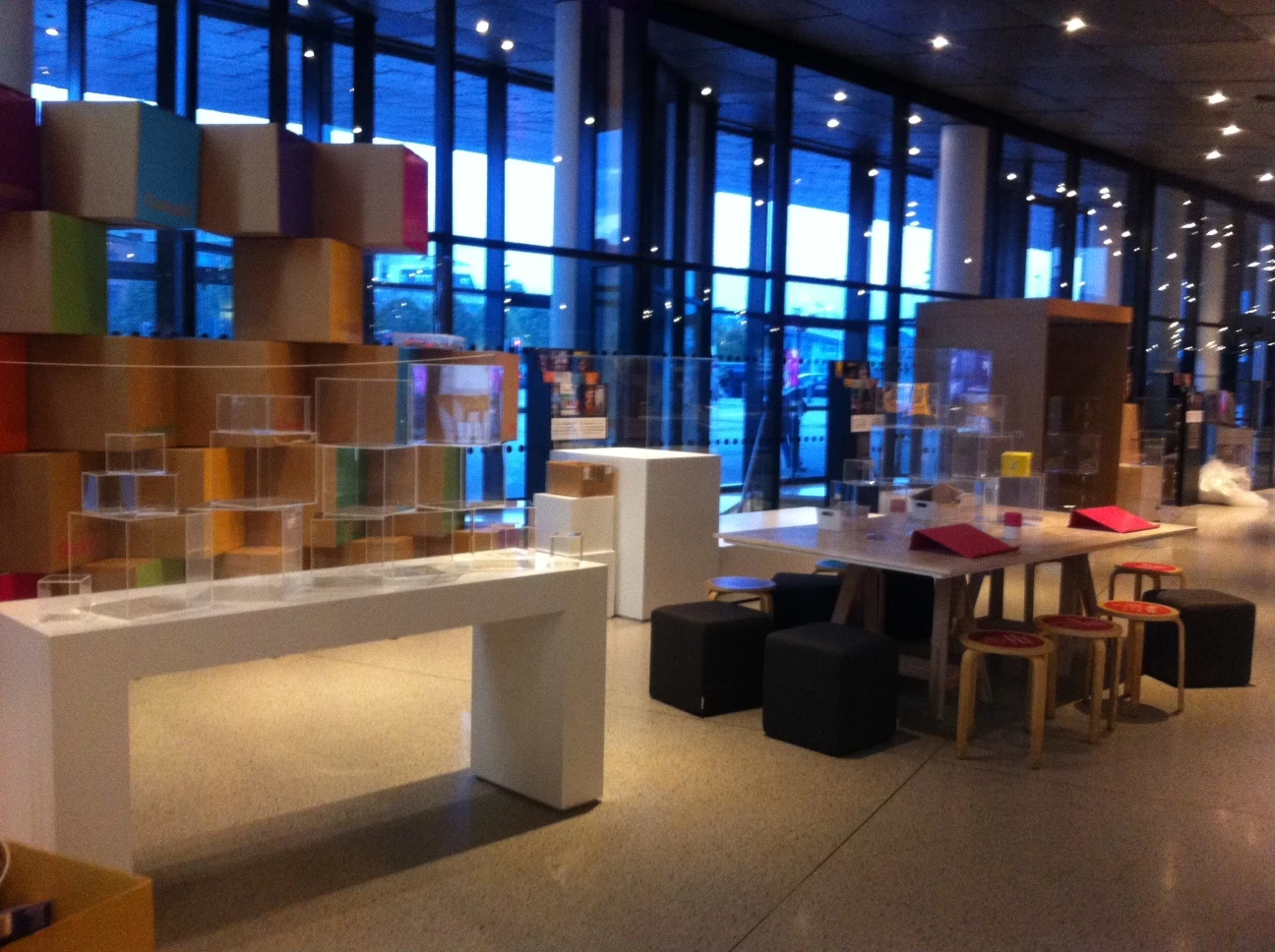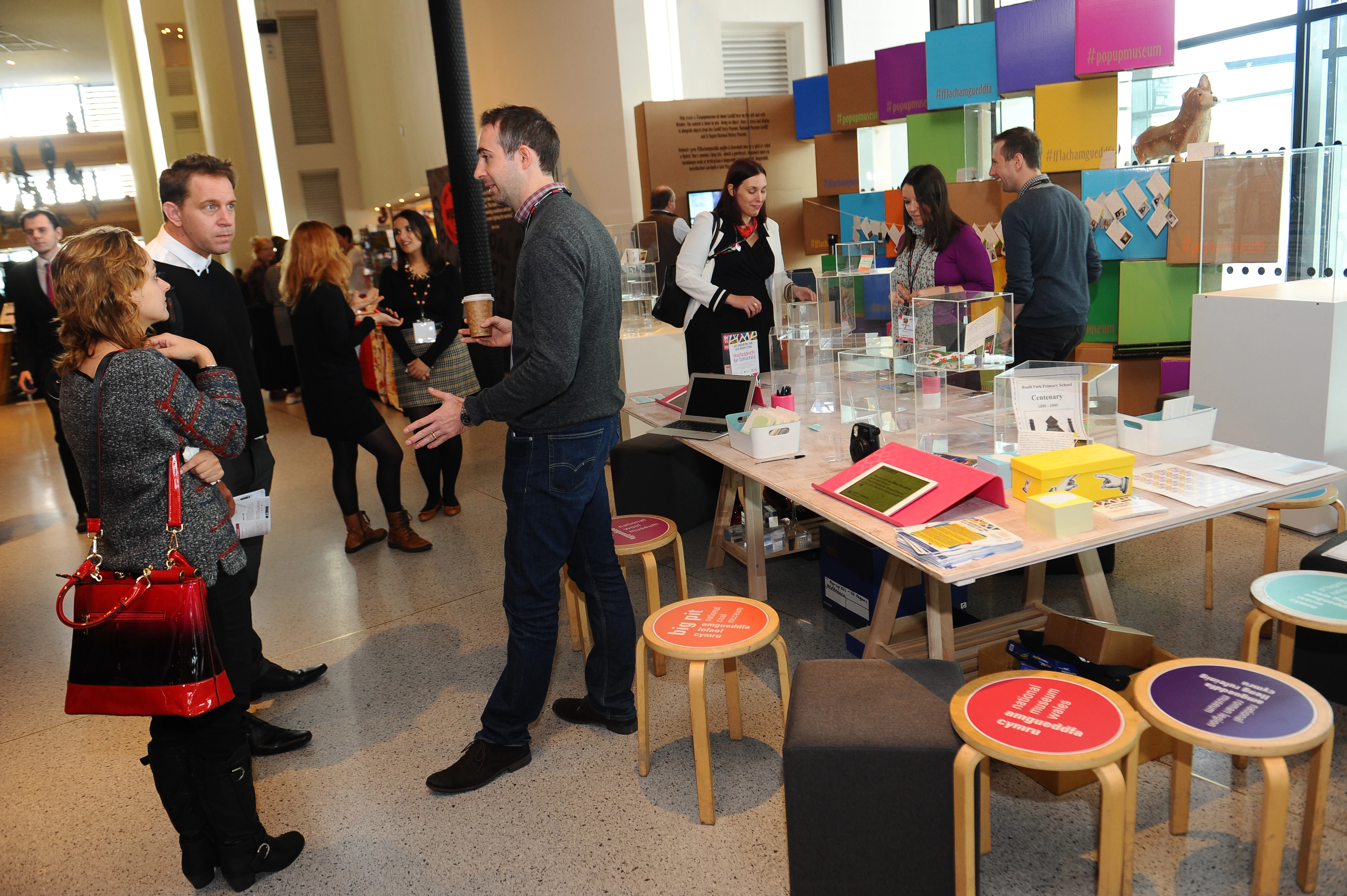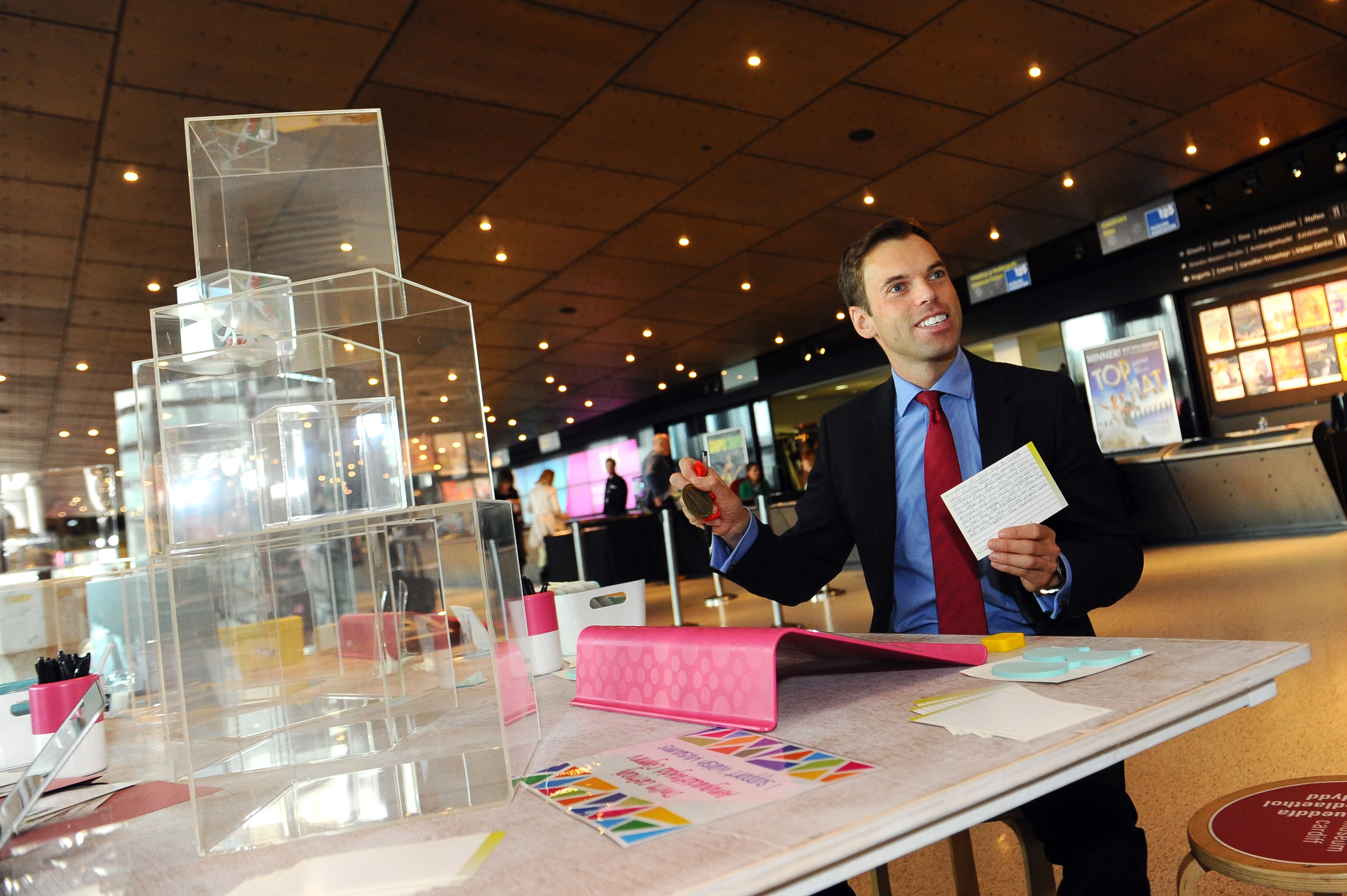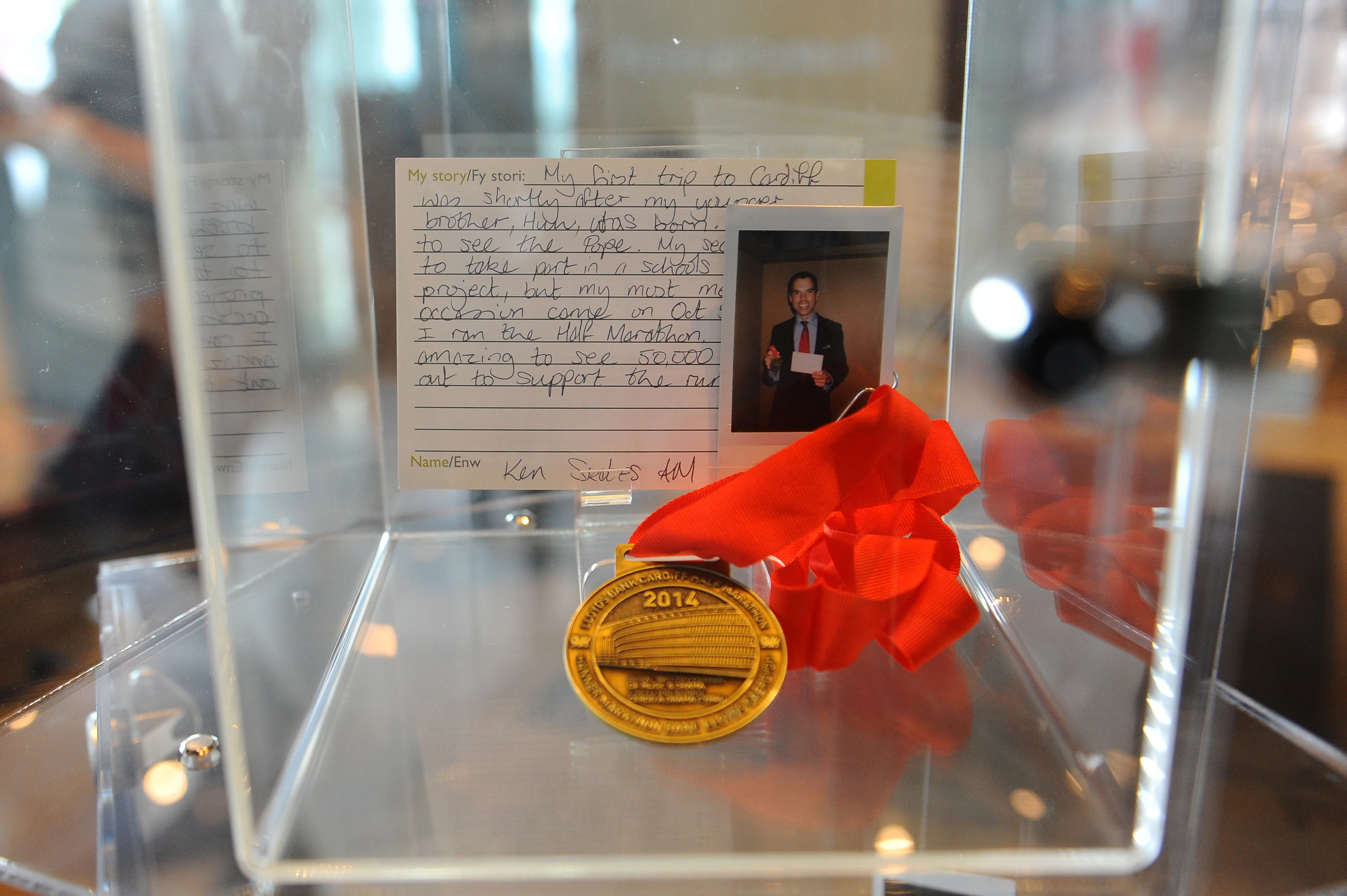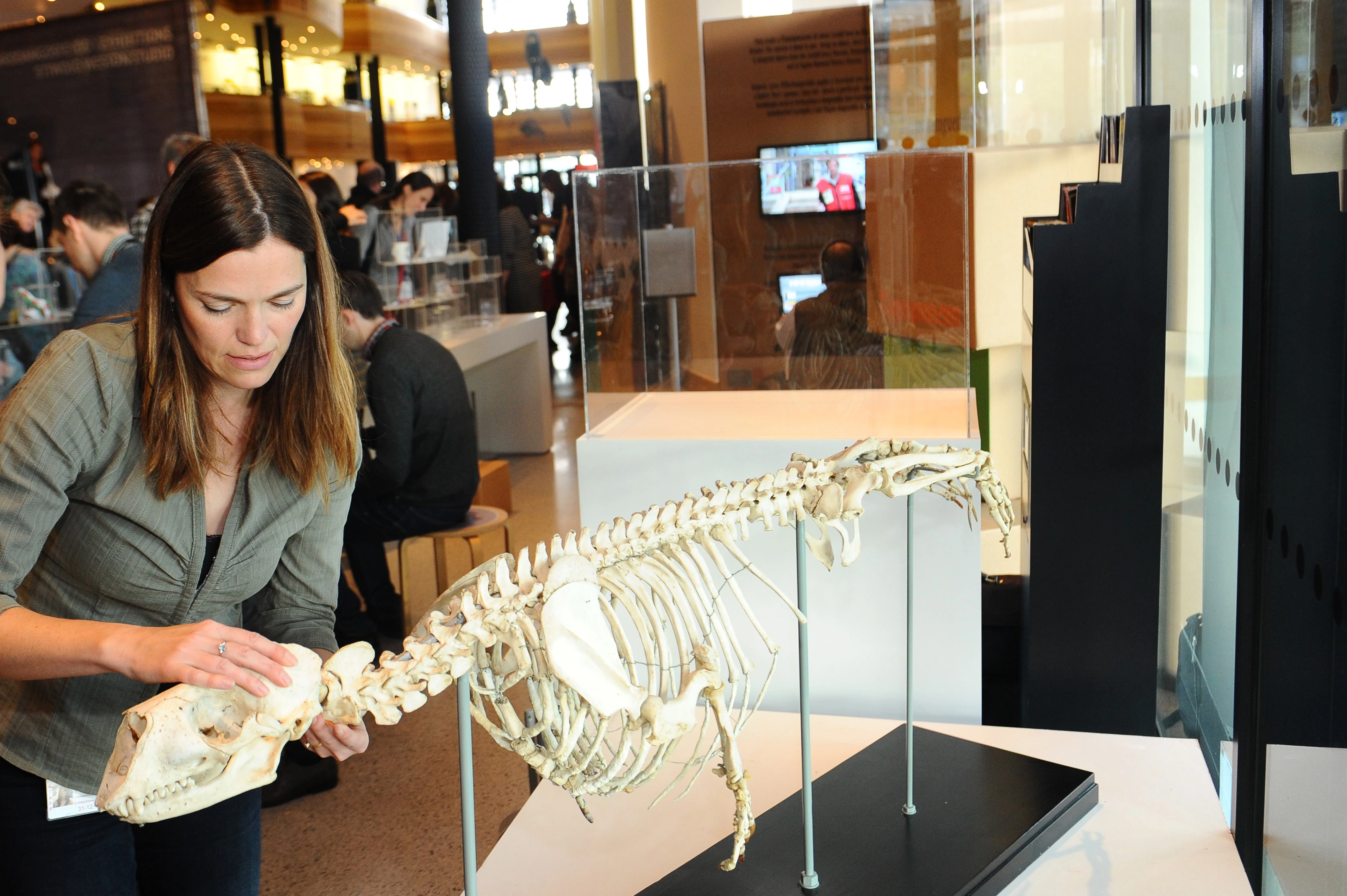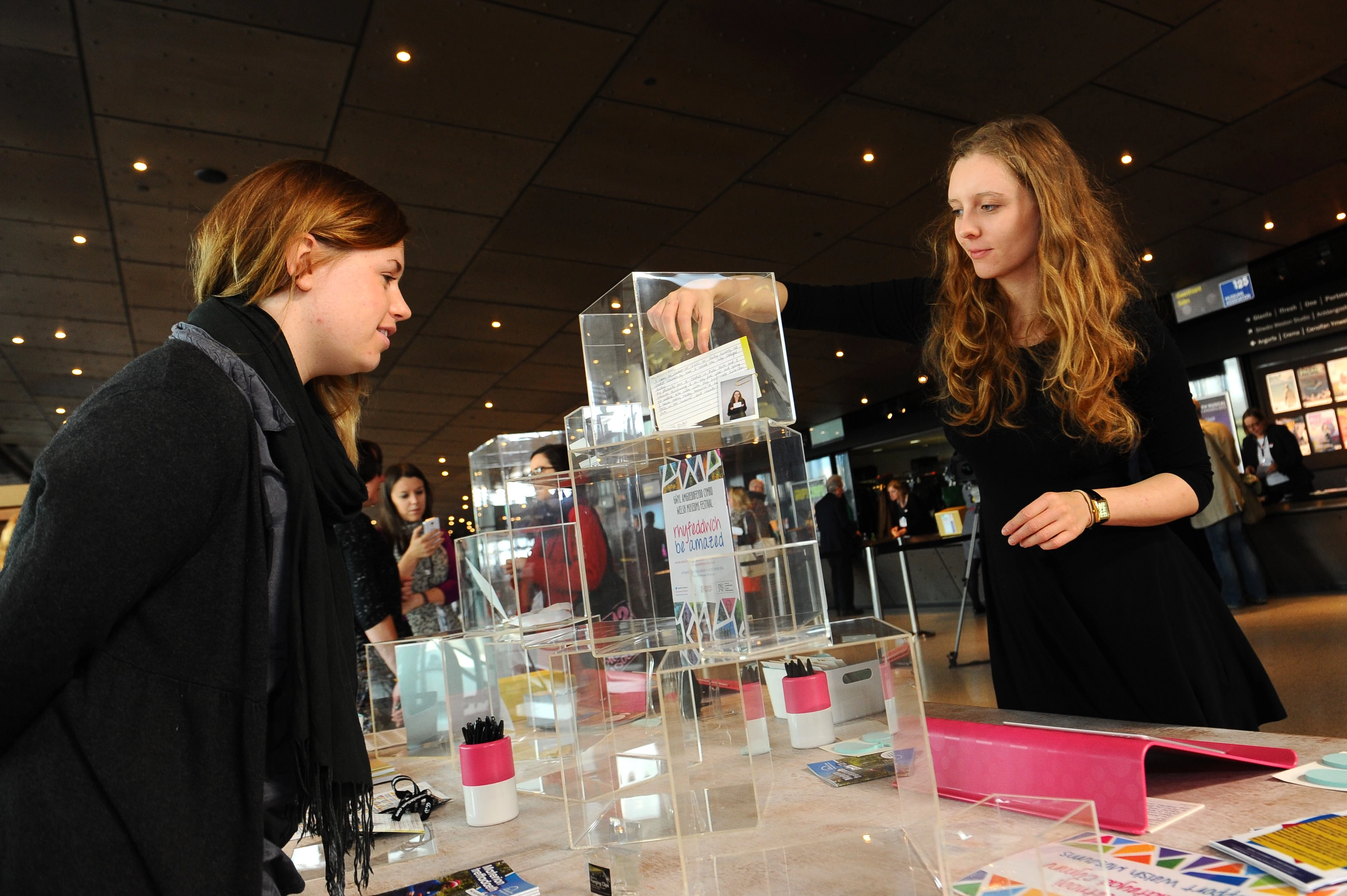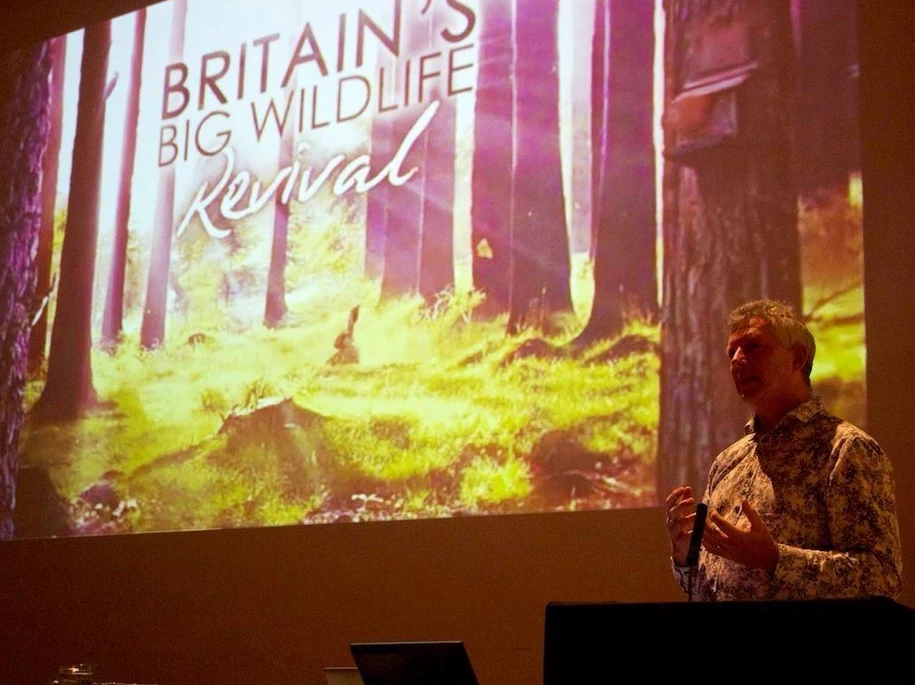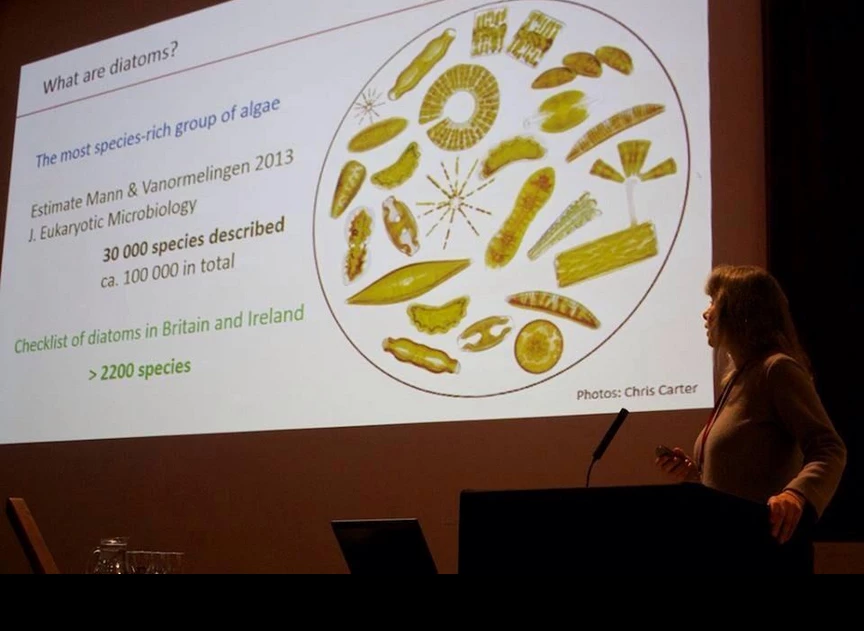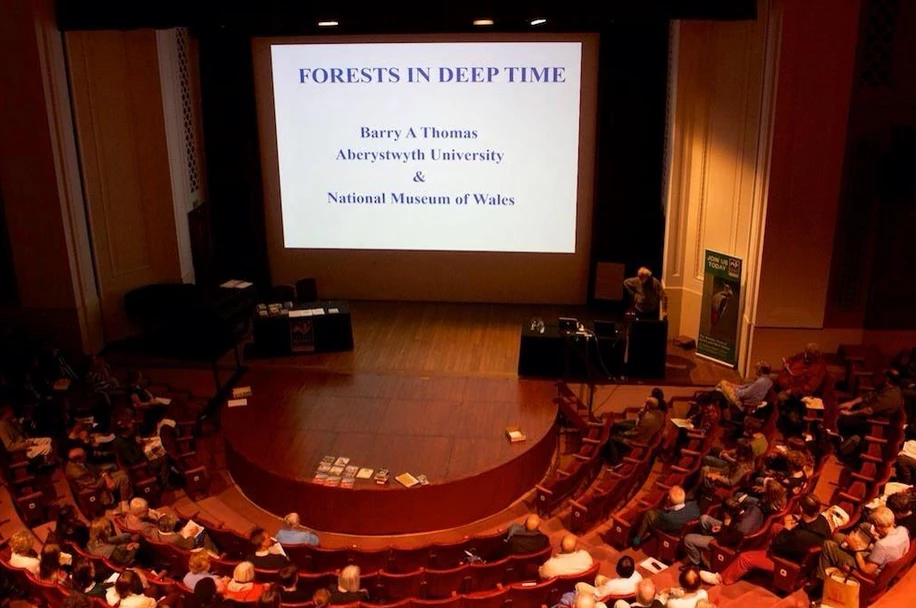Top 10 Stocking Fillers
, 31 October 2014
1. Taffywood Mugs
These Taffywood mugs from I Loves the ‘Diff always bring a smile to our faces with their mixture of witty puns and wordplay. They’re a fantastic present for those living in Cardiff as well as a wonderful reminder of the city for those who have moved away.
2. Welsh dinner kitchenware
Bara Brith, Welsh Cakes, Cawl and Laver Bread, this lovely range of homeware from Victoria Eggs gets ours taste buds going. Hand printed and decorated, the tea towel and apron are made from 100% organic cotton and the mug is bone china. Perfect presents for Welsh foodies.
3. Set of 3 mugs
Te, coffi, sicoled – which to choose? These earthenware mugs are great when you need a warming cuppa of any kind. If making a choice is too difficult, buy a set of all three. These mugs are exclusive to Amgueddfa Cymru-National Museum Wales.
4. Bird and butterfly necklaces
We love these pretty necklaces from Ladybird Likes. The illustrations are from vintage French nature books which have been applied to wood and laser cut. Ladybird Likes are a small jewellery company based in London founded by self-confessed craft geek Zoe Jade and her charming necklaces and brooches are both delicate and striking.
5. Colour & Carry Satchel Kit
Stand out from the crowd and get creative with this colour and carry satchel. This bag comes with fabric pens so that you can colour it in and craft your own unique bag. Seedling products are new to the UK and their kits are full of inspiring craft ideas to fire up children’s imaginations.
6. Welsh Alphabet Jigsaws
These gorgeous wooden Welsh alphabet jigsaws make learning fun. Brightly coloured and made from sustainable rubber wood, they look great as well as being educational and come in dragon, dinosaur and crocodile designs.
7. Scrabble yn Gymraeg
Scrabble is the most popular word game in the world and is now available in Welsh. This junior version includes two games, a simpler version for younger children on one side and a more challenging game for older children on the other. For more Welsh language games for children, visit our online shop.
8.St Fagans coaster and placemats
These brightly coloured melamine coasters and placemats will bring memories of St Fagans flooding back. We commissioned local artist Wayne Bedgood to come up with the design and we are amazed at how he has squeezed so many buildings in. See if you can spot your favourite. Exclusive to Amgueddfa Cymru- National Museum Wales.
9. 2015 Calendar
The 2015 Amgueddfa Cymru- National Museum Wales calendar contains twelve images that capture the majesty of the mountains of Wales. It includes works by Graham Sutherland, Peter Pendergrast, John Piper and Sir Kyffin Williams. . Exclusive to Amgueddfa Cymru- National Museum Wales.
10. Print on Demand
We love this painting by Pissarro of the Pont Neuf in Paris in the snow. You can own a reproduction of this beautiful work or one of over 250 others through our online print on demand service. From seascapes to castles and from Monet to mountains, browse out print on demand service.
Every purchase supports the work of the Museum.
